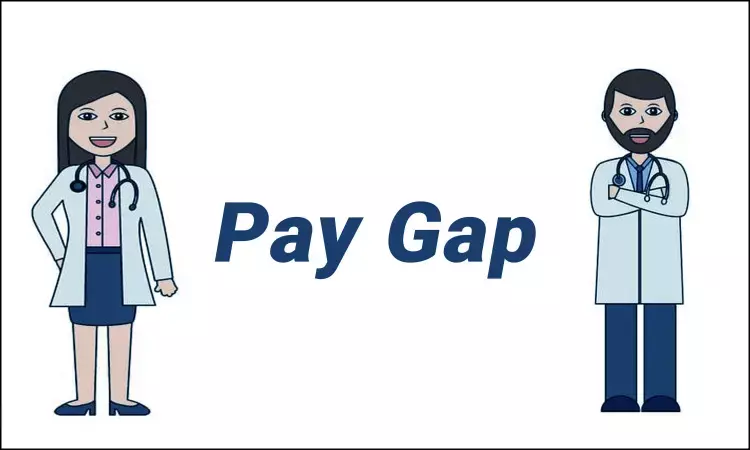- Home
- Medical news & Guidelines
- Anesthesiology
- Cardiology and CTVS
- Critical Care
- Dentistry
- Dermatology
- Diabetes and Endocrinology
- ENT
- Gastroenterology
- Medicine
- Nephrology
- Neurology
- Obstretics-Gynaecology
- Oncology
- Ophthalmology
- Orthopaedics
- Pediatrics-Neonatology
- Psychiatry
- Pulmonology
- Radiology
- Surgery
- Urology
- Laboratory Medicine
- Diet
- Nursing
- Paramedical
- Physiotherapy
- Health news
- Fact Check
- Bone Health Fact Check
- Brain Health Fact Check
- Cancer Related Fact Check
- Child Care Fact Check
- Dental and oral health fact check
- Diabetes and metabolic health fact check
- Diet and Nutrition Fact Check
- Eye and ENT Care Fact Check
- Fitness fact check
- Gut health fact check
- Heart health fact check
- Kidney health fact check
- Medical education fact check
- Men's health fact check
- Respiratory fact check
- Skin and hair care fact check
- Vaccine and Immunization fact check
- Women's health fact check
- AYUSH
- State News
- Andaman and Nicobar Islands
- Andhra Pradesh
- Arunachal Pradesh
- Assam
- Bihar
- Chandigarh
- Chattisgarh
- Dadra and Nagar Haveli
- Daman and Diu
- Delhi
- Goa
- Gujarat
- Haryana
- Himachal Pradesh
- Jammu & Kashmir
- Jharkhand
- Karnataka
- Kerala
- Ladakh
- Lakshadweep
- Madhya Pradesh
- Maharashtra
- Manipur
- Meghalaya
- Mizoram
- Nagaland
- Odisha
- Puducherry
- Punjab
- Rajasthan
- Sikkim
- Tamil Nadu
- Telangana
- Tripura
- Uttar Pradesh
- Uttrakhand
- West Bengal
- Medical Education
- Industry
Women Doctors paid much less than men even in top medical schools, finds JAMA Internal Medicine

The men were making $127,411 more than their female counterparts, the analysis showed
Even in top positions at U.S. medical schools, women earn less than men, a study suggests.
Women who chaired departments at state medical schools were paid less than men with the same job, even after accounting for factors such as length of time in the field, number of papers published and number of government grants obtained, according to the analysis published in JAMA Internal Medicine.
"A lot of the traditional explanations blame the disparities in pay on women's choices, their household responsibilities, child care," said study coauthor Dr. Eleni Linos of Stanford University in California. "This shows that among women who have overcome all these obstacles and have broken through the glass ceiling to rise to the very top of the medical hierarchy, there is still a pay gap."
Linos and her colleagues didn't know what to expect when they began the study, but the difference in salary they found was striking: annually, on average, men were paid over $67,000 more than the women. "When you're looking at people who by definition are at the top of the game, to see a pay difference at this level is surprising," Linos said.
To examine whether wage gaps extended all the way to the top of the medical profession, Linos and colleagues combed through salary data from 29 state medical schools in 12 states that had public employee salary data online. They organized their data by specialties, such as anesthesiology, dermatology and surgery, and used websites to identify chairs of each department.
The researchers turned up 550 department chairs, representing almost half of public medical school department chairs whose salaries were reported to the Association of American Medical Colleges from 2017 to 2018. Ninety-two of those chairs were women.
Before accounting for factors that might affect pay, such as the school's location, the researchers found an annual salary disparity of $79,061, with the men's salaries averaging $452,359 and the women's averaging $373,298. When they took into account factors like regional cost of living differences, medical specialty and inflation, the researchers still found that men were making, on average, $67,517 a year more than women.
The disparity was even more stark when the researchers considered only department heads who had been in their positions for more than 10 years: the men were making $127,411 more than their female counterparts.
The study points to the ubiquity of unconscious bias, said Kara Bernstein, an associate professor of microbiology and molecular genetics and chair of the women's task force at UPMC Hillman Cancer Center in Pittsburgh.
"I think that everyone has unconscious biases and part of the issue is that you really can't fix these biases if you don't know what they are," said Bernstein, who wasn't involved in the research. "Based on this study and another recent one, it's clear that there are implicit biases that devalue women's work."
The new study provides a window on how those biases translate into pay disparities and it provides hard numbers to make the case, Bernstein said.
"Data is powerful," she said. "Publishing these data show that this is an issue."
Medical Dialogues Bureau consists of a team of passionate medical/scientific writers, led by doctors and healthcare researchers. Our team efforts to bring you updated and timely news about the important happenings of the medical and healthcare sector. Our editorial team can be reached at editorial@medicaldialogues.in.


